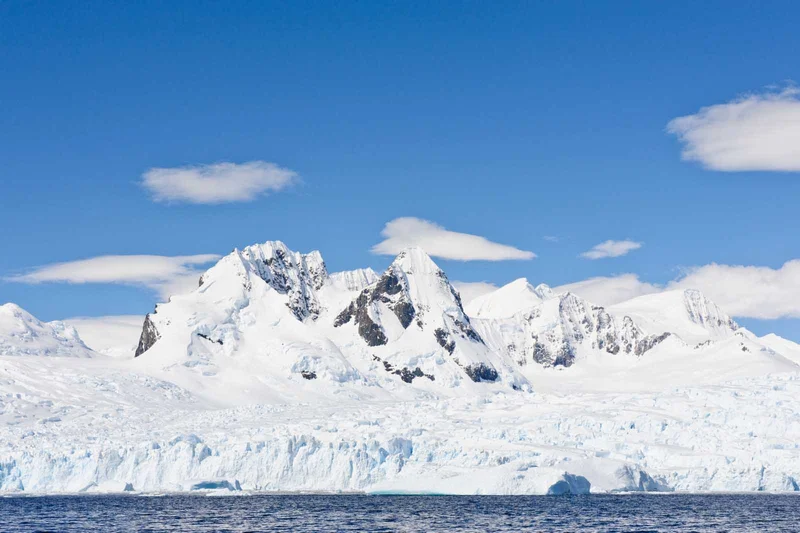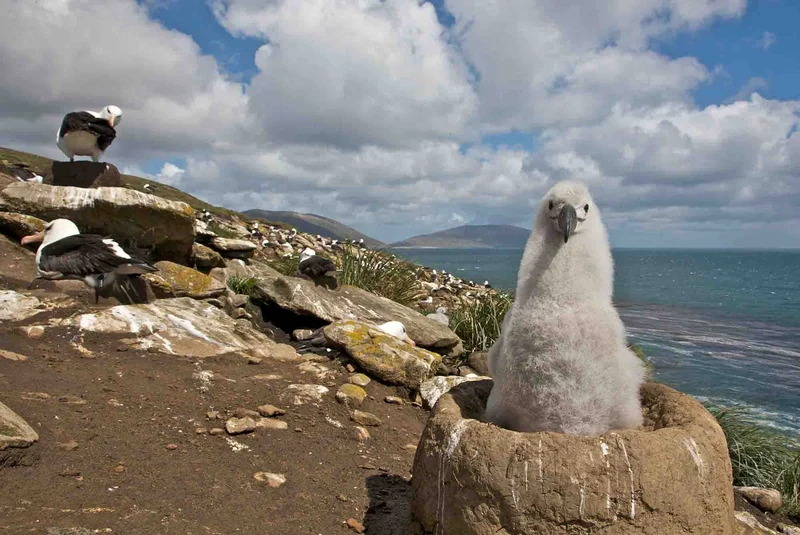
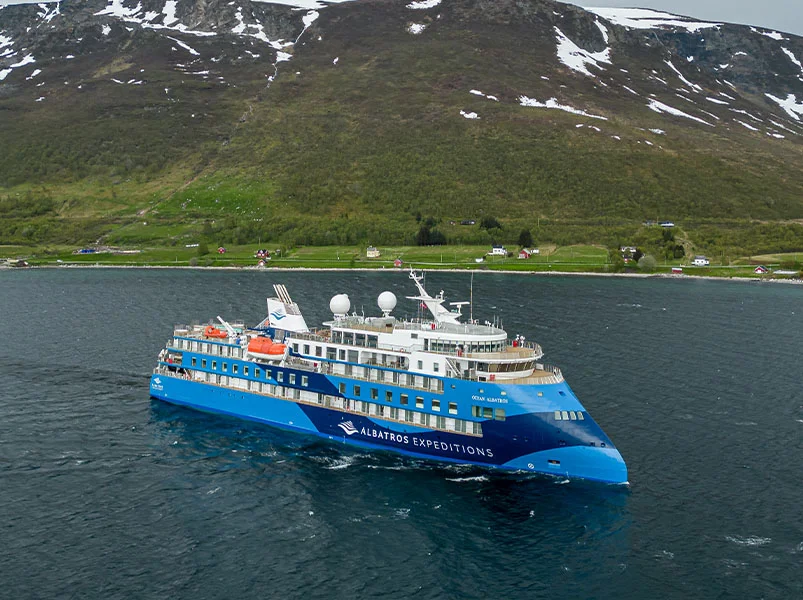
This "express" Arctic adventure cruise takes 6 days to explore the icy waters and landscapes of Svalbard. The cruise has an ice-class expedition ship that can withstand the Arctic pack ice. On this cruise, you will get to experience the unique ecology of Svalbard, including its mountains, glaciers, and wildlife. You will have the chance to see whales, walruses, polar bears, and Arctic birds. The highlight of the cruise is the sighting of polar bears. You will also get to explore the majestic glacial landscapes and go on fascinating landings on the shore.
6 Day Artic Itinerary
Day 1: Longyearbyen, Spitsbergen. Embarkation
Arrive in Longyearbyen in Svalbard, Norway by plane. It's the northernmost... absolutely everything in the world! The world's most northern town (excluding the small research community of Ny-Alesund on Svalbard, which is slightly farther north) also has the world’s northernmost civil airport, school, bank, and supermarket. This rugged edge of the town hides a heart full of warmth and comfort - or hyggligt as they say in Denmark - that is typified by Nordic hospitality.
You are immediately immersed in another world after arriving in Longyearbyen. As soon as the plane touches down, you can feel the cold Arctic air. The famous signboard outside the terminal also reminds passengers how far they are from home and to be on the lookout for bears. Hjorthfjellet, a snow-capped peak on the other side of Adventfjorden that towers above the airport and the languid glaciers in northern Spitzbergen can be seen off to the distance.
After arriving, the expedition ship will be waiting for you. You will receive a mandatory safety briefing, followed by a lifeboat exercise. Then head to the outer decks for a champagne toast as you watch your vessel depart civilisation and set course for adventure.
Day 2 to 5: South and East Svalbard
Your expedition ship will move away from Svalbard's last remnants of civilization during the night and into the wilderness of this legendary land. The southern half is roughly triangular and includes the lower half the island Spitsbergen and the edgeoya island, as well as countless fjords and islets.
This region might appear barren at first. Look closer, and you'll see that saxifrages and Svalbard poppy, as well as other tundra flowers, are able to withstand the harsh weather. Their jewel-like blooms reach for the weak Arctic sun. While perfectly camouflaged sandpipers scramble along the shore, tiny calico snowbuntings fly between crags. Greyish-white 'boulders" move up the slopes and transform into the Svalbard-native subspecies of reindeer. The Arctic Fox, Svalbard's only land-based predator, is heralded by a flash of blueish black and screeches from nearby birds.
Svalbard is a land of sea creatures. Even the land animals, such as reindeer and Arctic Foxes, rely on moisture from the Arctic water to survive. Svalbard is rich in biodiversity because it has a marine ecosystem. The walruses rest on flat, sandy beaches where they snuggle up together to stay warm and protected. Belugas gather in large pods to harvest fish, crustaceans, and other sea life from the ocean floor. Baleen whales, on the other hand, feed upon small copepods, as well as fish.
Southern Svalbard was probably the first area of the island that humans exploited. The walrus and beluga were slaughtered in large numbers at industrial scale on Edgeoya. Early humans (mostly English, Dutch, and Russian Pomor whalers) on the islands had no regard for conservation and were only interested in profit. This continued into the nineteenth century. Svalbard's wildlife is protected under law and large tracts are now designated as National Parks and Nature Reserves.
Wind, sea, and ice conditions will determine the exact landing site we visit in south Svalbard. These can vary greatly from day to day, and even year to year. This far north, human activity is at the mercy of Mother Nature. South Spitzbergen offers the chance to visit the Bellsund and Hornsund fjords, with their bird colonies on high cliffs. Reindeer are grazing on fertile slopes while drifting icebergs from large glaciers. On Edgeoya to the east, you can visit the walrus colony of Andreetangen, Kapp Lee and Sundneset, as well as the stunning raised shorelines with bird colonies.
Day 6: Longyearbyen, Spitsbergen. Disembarkation
The expedition ship returns to Longyearbyen in the evening. After a day of exploring the wilderness, even this tiny town will seem like a city!
Longyearbyen offers visitors a wealth of amenities and is an interesting town to visit. The Svalbard Museum is a must-see for those who want to see the relics from the whaling age, preserved perfectly in the permafrost. It also has exhibits about the history of the archipelago. You can find souvenirs in local boutiques that sell artwork, homewares and other items. Or, you can relax in a cafe and enjoy the sights and sounds of this amazing little town.
Return to Svalbard Airport after exploring Longyearbyen and board your flight to Norway's mainland. Your memories will last you a life time.
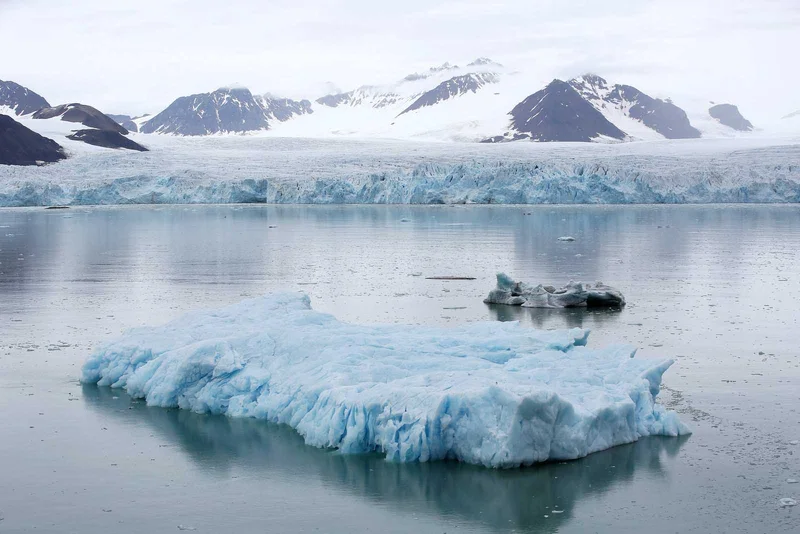

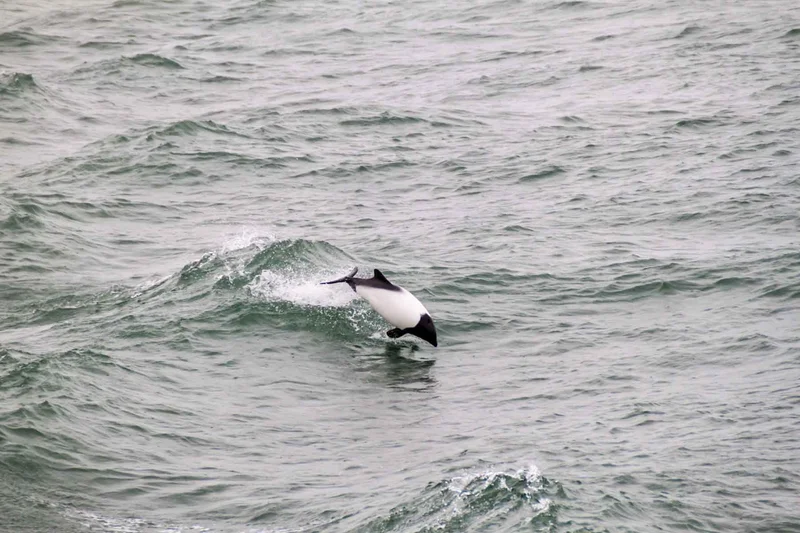
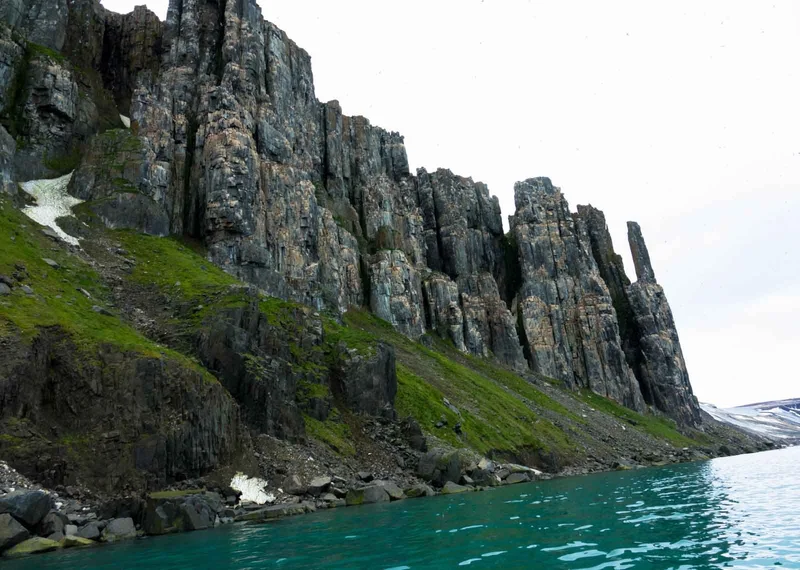


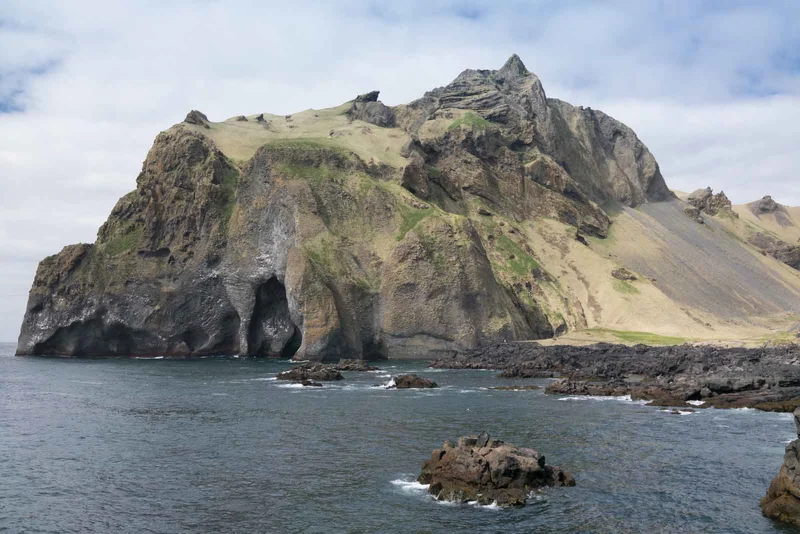
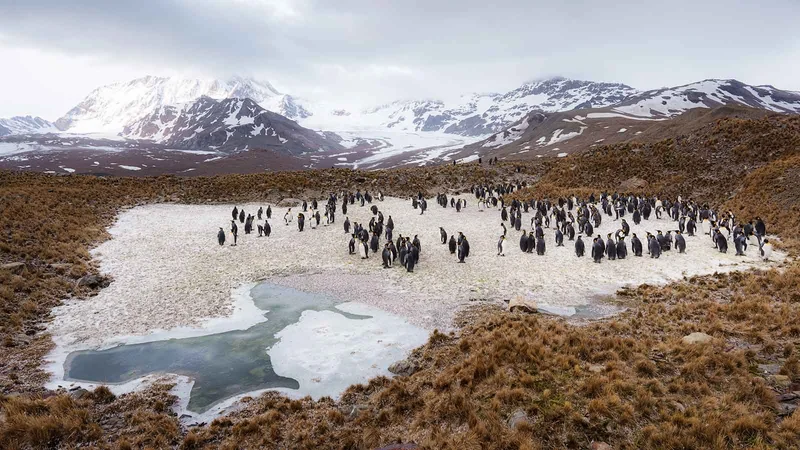
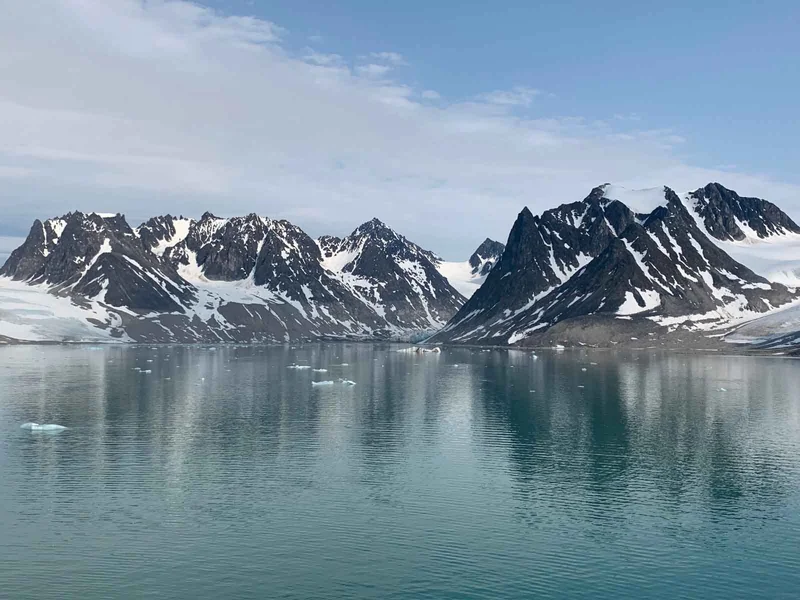


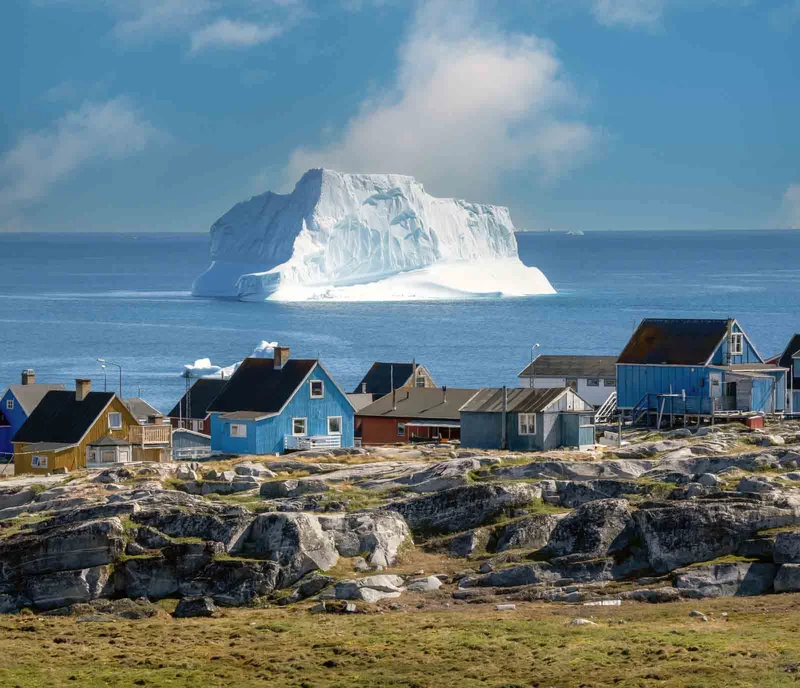


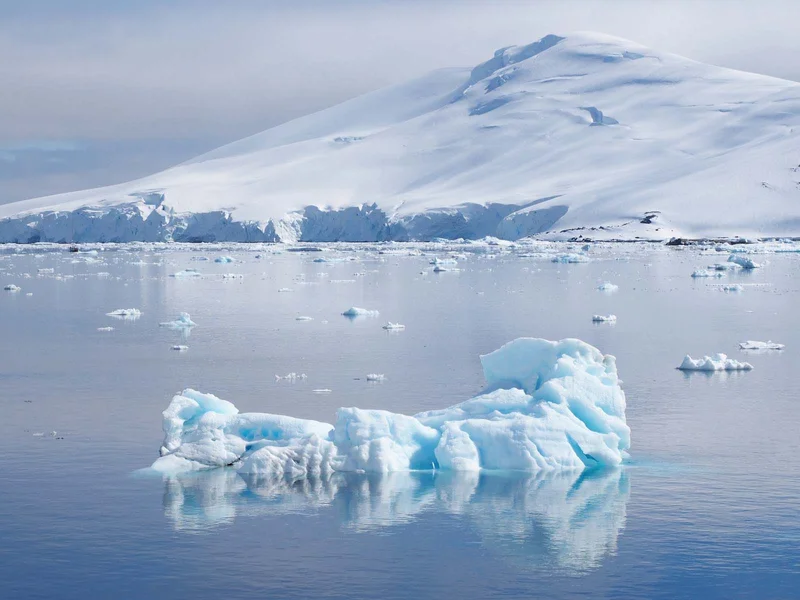
6 Day Artic Itinerary Includes
- Embarkation shuttle transfer to the vessel from Ushuaia city centre
- Shuttle transfer after disembarkation from the ship to Ushuaia city centre or airport
- All Zodiac landings and excursions, as per itinerary, guided by our Expedition Team
- Expedition parka
- Rubber boots loan scheme
- Briefings and lectures by our Expedition Leader and Team
- English-speaking Expedition Team
- Full board on the ship - breakfast, lunch, dinner and snacks
- Complimentary house wine, beer and soda at dinner (selected labels and brands, served at our a-la-carte dinners)
- Free tea and coffee available 24 hours
- Taxes and landing fees
- Special photo workshops
- Welcome and Farewell Cocktail Parties
6 Day Artic Itinerary Does not Include
- Extra excursions and activities not mentioned in the itinerary
- Single room supplement and stateroom upgrades
- Meals not on board the ship
- Beverages (other than coffee and tea)
- Tips for the crew (we recommend USD 14 per person per day)
- Personal expenses (e.g. Albatros Polar Spa services, Albatros Ocean Boutique purchases)
6 Day Artic Itinerary Highlights
- Explore the icy waters and landscapes of Svalbard, including its glaciers, fjords, and mountains.
- Spot whales, walruses, and polar bears, the iconic Arctic wildlife.
- Learn about the Arctic from experienced naturalists.
- Go on fascinating landings on the shore, where you can explore the tundra and see the local wildlife.
- Enjoy the midnight sun in the summer months.
Itinerary Map

6 Day Arctic cruise activities


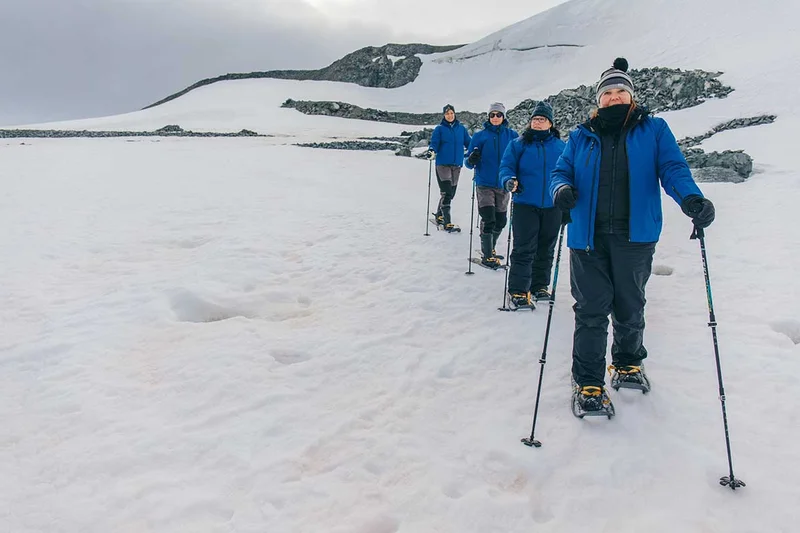
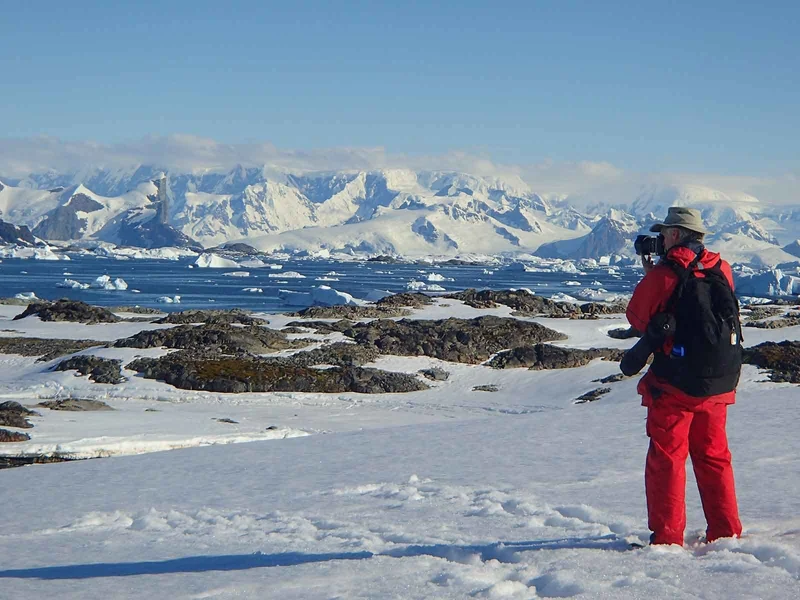
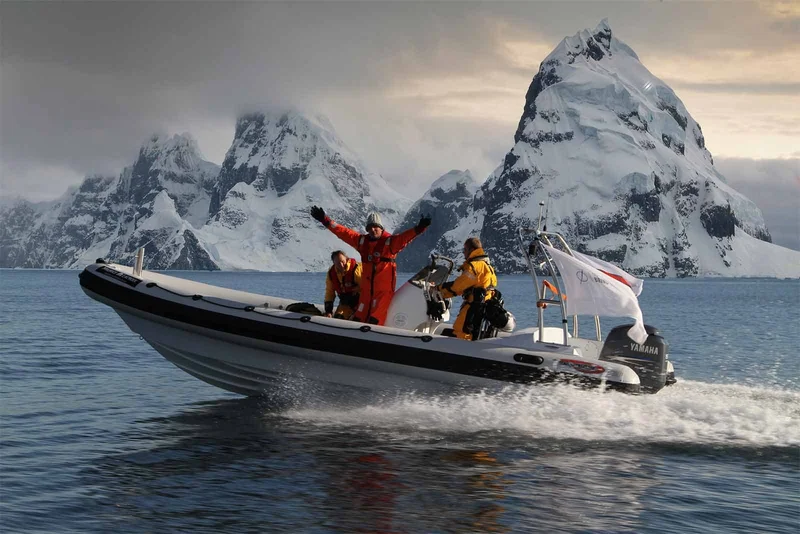
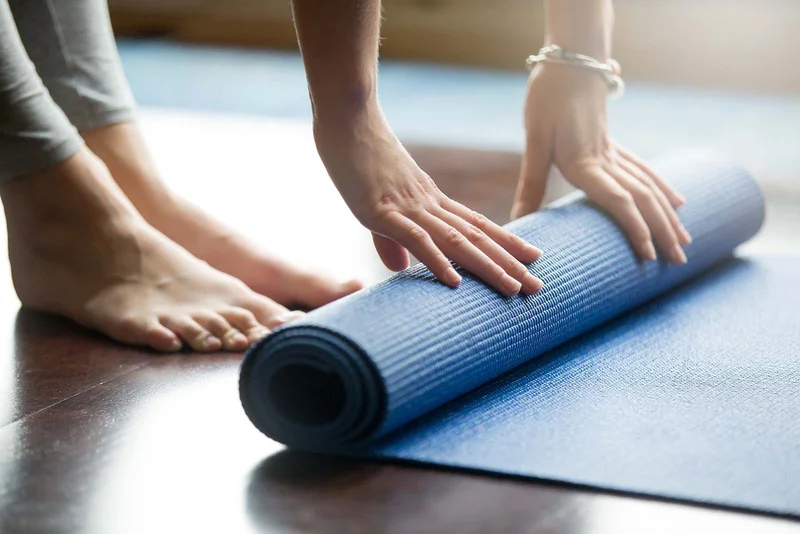
Animals you might see on this itinerary
Why travel with us?
Would you like to know why booking with us is the best choice?
Discover the BenefitsSimilar Itineraries
